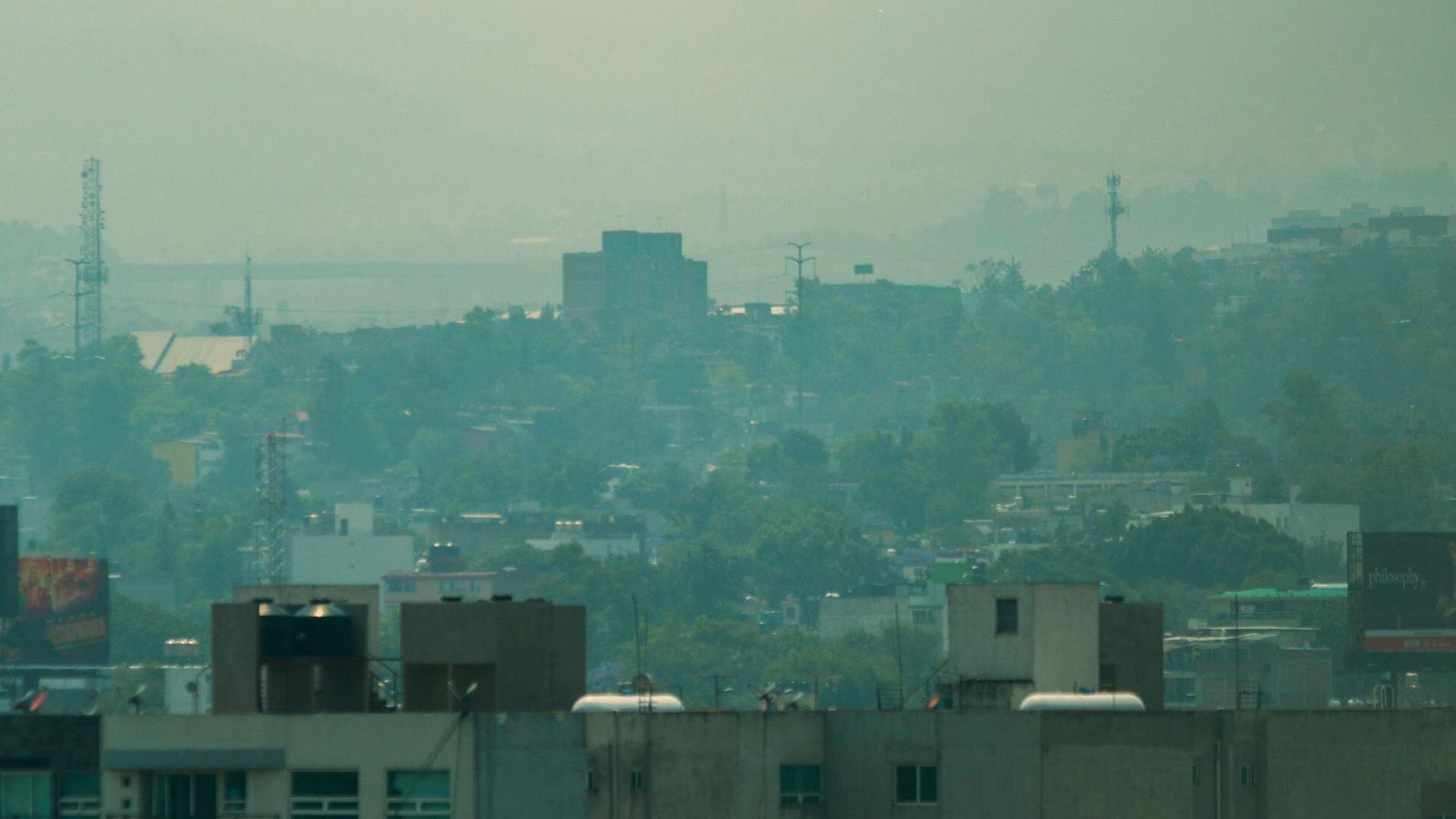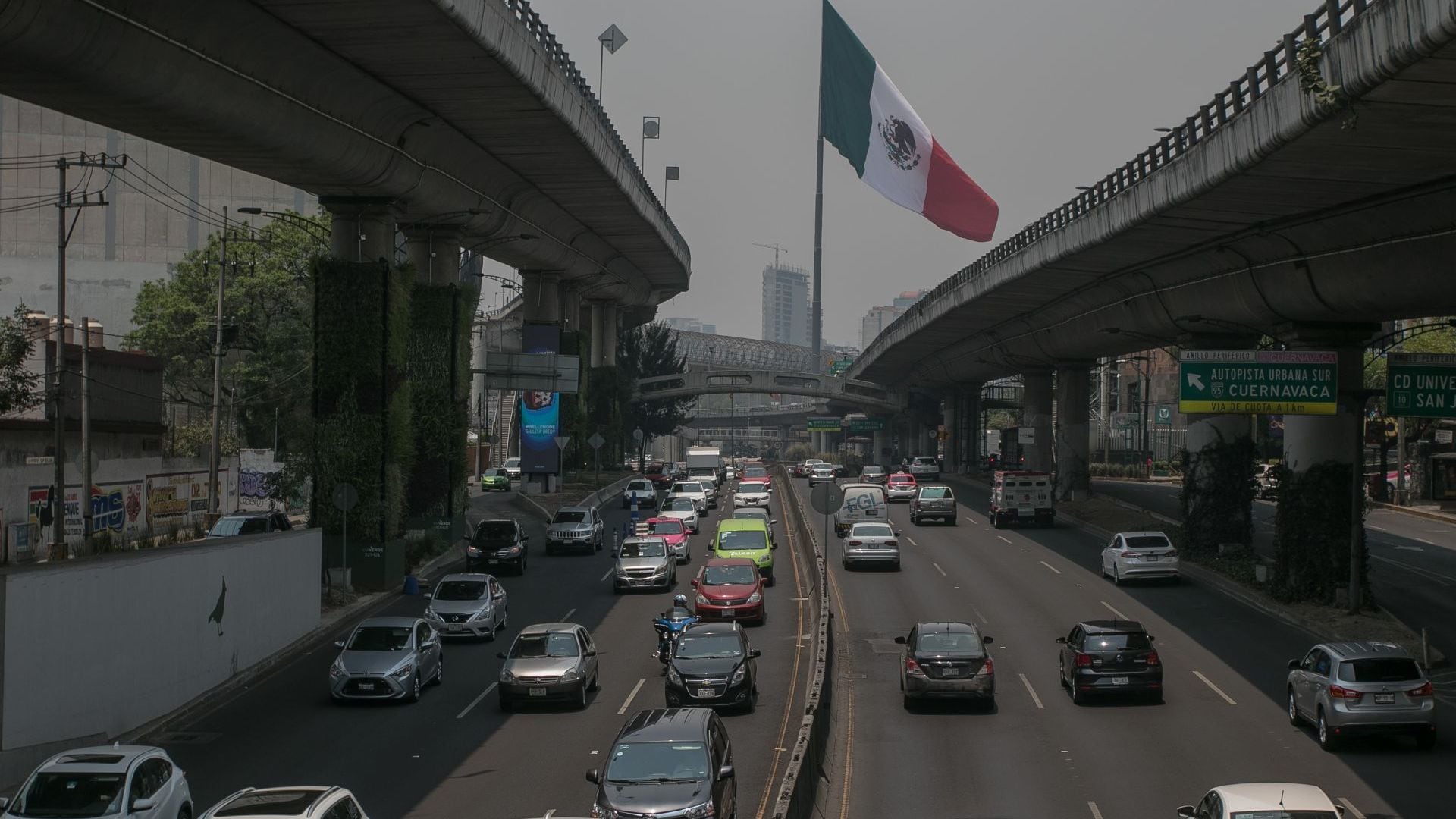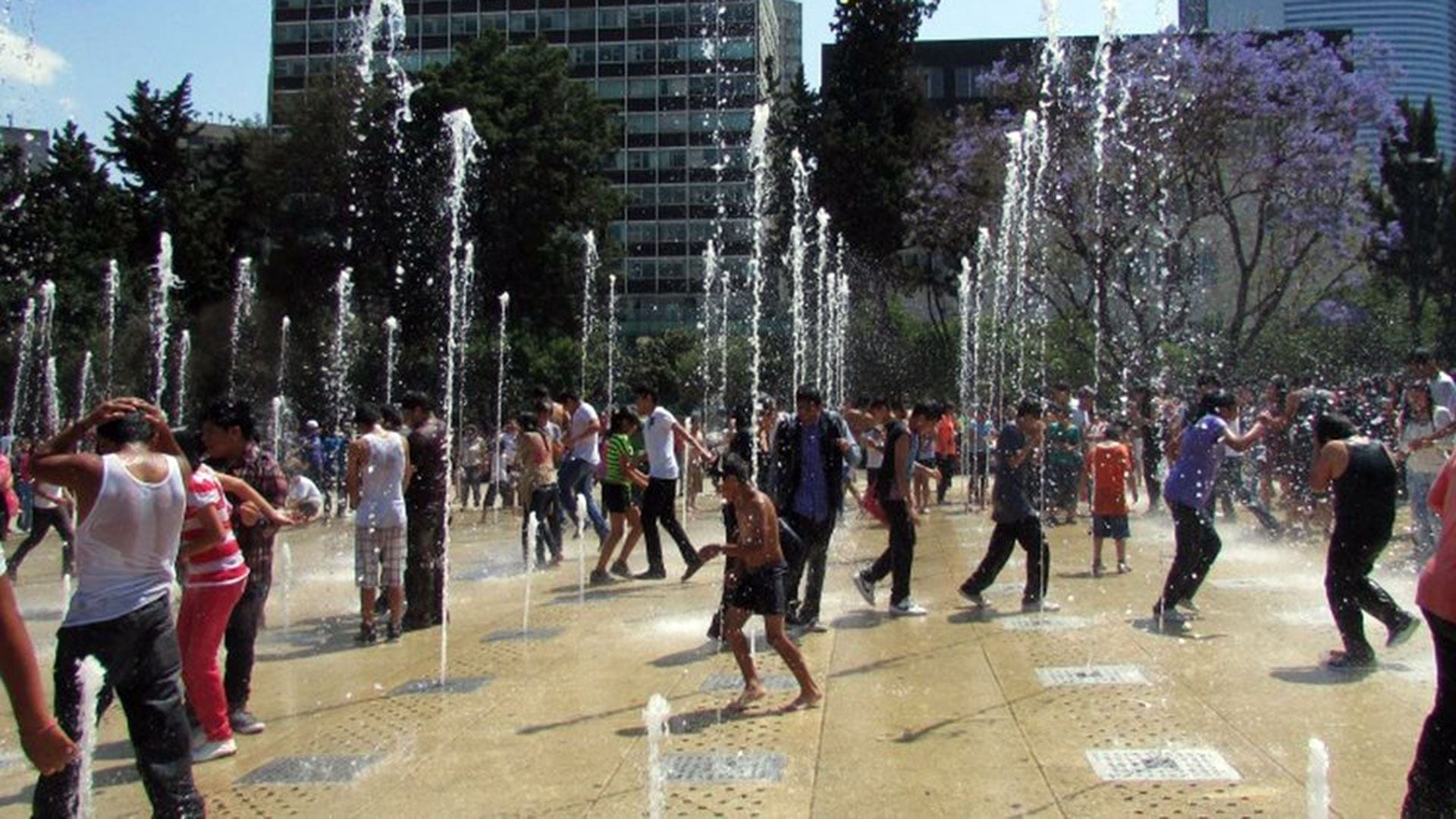Air quality in CDMX this October 6
[ad_1]

The Atmospheric Monitoring Directorate of the Mexico City published its report on October 6 at 7:00 p.m. on the air quality in the capital of the country and metropolitan area of the Mexico state.
The agency updates every hour and every day the state of the oxygen breathed in the Metropolitan Area of the Valley of Mexico, as well as the intensity of Ultra Violet Rays.
As a result of this report, residents of the capital and Mexico can take precautions regarding outdoor activities. Meanwhile, the authorities take measures on environmental matters such as the application of the Environmental Contingency and the double Hoy No Circula.
The air quality in Mexico City and the State of Mexico is “Acceptable“which means a risk”Moderate“for health, according to the most recent report from the city’s Atmospheric Monitoring Directorate.
This must be considered by the residents of the capital and Mexico who carry out outdoor activitiesespecially if they are those who are part of vulnerable groups.
Regarding the intensity of the sun, a level 0 in the Ultraviolet Ray index This means that it “needs no protection” if it is going to be outdoors.
In this sense, the capital authorities published the following recommendations:
You can do outdoor activities.

The Atmospheric Monitoring Directorate has 16 stations that record air quality in Mexico City, these were the results of each one, according to the latest report.
Tlalpan (AJM): No data or under maintenance
Benito Juárez (BJU): Good
Azcapotzalco (CAM): Acceptable
Coyoacán (CCA): No data or under maintenance
Cuajimalpa (CUA): Good
Gustavo A. Madero (GAM): Good
Cuauhtémoc (HGM): No data or under maintenance
Iztacalco (IZT): Acceptable
Venustiano Carranza (MER): Good
Miguel Hidalgo (MGH): Good
Álvaro Obregón (PED): Good
Cuajimalpa (SFE): No data or under maintenance
Iztapalapa (SAC): Good
Tlahuac (TAH): Good
Coyoacán (UAX): Good
Iztapalapa (UIZ): Good
While in the 13 monitoring stations located in the Mexican entity, the air quality is as follows:
Atizapan (ATI): Good
Chalco (CHO): Good
Cuautitlán Izcalli (CUT): Good
Naucalpan (FAC): Good
Nezahualcoyotl (FAR): Good
Ecatepec (LLA): Good
Tlalnepantla Annex (LPR): Good
Nezahualcóyotl (NEZ): Good
Ecatepec (SAG): Good
Tlalnepantla (TLA): Good
Tultitlán (TLI): No data or under maintenance
Coacalco (VIF): Acceptable
Ecatepec (XAL): Good
It is worth mentioning that some municipalities and mayors’ offices are repeated in the list because they have more than one atmospheric monitoring station.

The Atmospheric Monitoring Directorate of Mexico City divides into five levels of air quality in the city and the Mexican territory.
Identified with the color green, the first index is the “Well“, in which it is considered minimal health risk and both the general population and sensitive groups can enjoy outdoor activities.
It is followed by the level “Acceptable”, identified with the color yellow, in which sensitive people may experience respiratory symptoms (such as asthmatics), a possible worsening of lung and heart disease in people with comorbidities and older adults. In this index people from sensitive groups have to consider reducing vigorous outdoor physical activities, while the rest of the population can still do so.
In orange, there is the index “Bad”, in which there is a significant increase in the probability of the appearance of respiratory symptoms in sensitive people. While in people with respiratory and cardiac diseases there is an increased probability of worsening and decreased tolerance of physical activity, as well as a greater probability of premature death in people with heart or lung disease.
From here on, both people who are part of sensitive groups and the general population should take greater precautions when carrying out outdoor activities.
On the level “Very bad”, identified with the color red, respiratory symptoms worsen in sensitive populations and in people with lung disease, as well as cardiovascular symptoms, such as chest pain, in people with heart disease, and there is a greater probability of premature deaths in people with heart or lung disease.
The last index, detected with the purple color, is the “Extremely bad“, in which there is a significant increase in the probability of severe respiratory symptoms in the general population, as well as serious respiratory effects and aggravation of symptoms in sensitive people and with lung disease, not to mention the aggravation of cardiovascular symptoms in heart patients and in the probability of premature death in people with lung and heart disease.
It is important to mention that the sensitive groups referred to by the authorities include children, the elderly, people with nutritional deficiencies, people who carry out outdoor activities, cyclists and even workers.
[ad_2]
